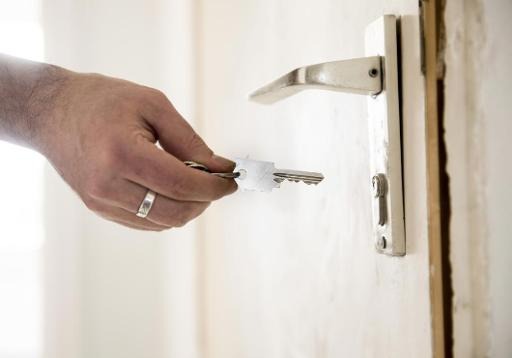The accessibility to housing for low-income households continues to deteriorate. This emerges on Tuesday from the Brussels Region Social Barometer 2017.
Currently, nearly 49,000 households are on a waiting list for social housing. This is 58% more than ten years ago. Moreover on average less than half of these requests (44%) are met.
Between 2004 and 2016, the average rent, adjusted for inflation, increased by 22% in the region. Although city centre prices remain lower than the extremities of the region, they however saw a more significant increase, owing to several major renovation projects. The Canal District has in particular seen the profile of its new inhabitants change. The district’s stimulation led to the arrival of young adults without children but with work incomes.
In respect of those on low incomes, around a third of Brussels households have an income below the poverty threshold. For them, accessibility to housing “is greatly reduced.” Taking the overall situation, the report flags up that “assuming the maximum accessible rent for a household cannot exceed 25% of its overall budget, 60% of the Brussels population only had access to 8% of available rental housing in 2016.”
More than one in five households (22%) also raises housing quality issues in the report. They also indicate overpopulation within housing, an incapacity to correctly heat housing, but also issues of humidity and mildew. Within low-income categories, the proportion increases to 35%.
In addition, at least 4,000 people are homeless or inadequately housed according to a survey by La Strada (the homeless assistance support centre) carried out last March.
The Brussels Times

